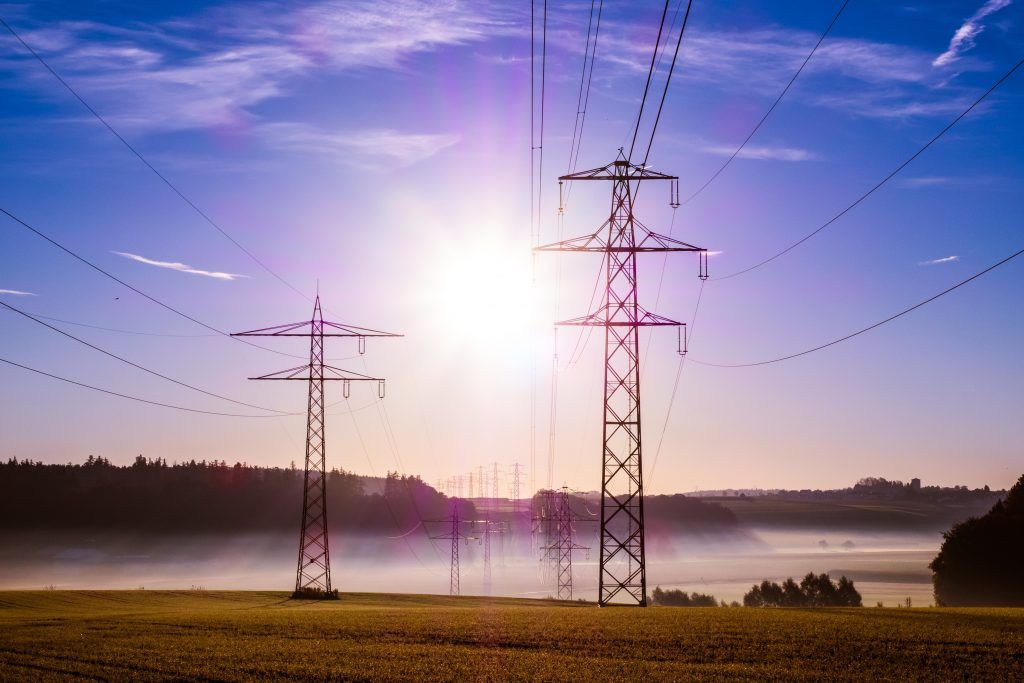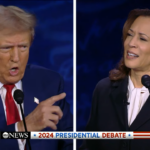The Guardian view on fusion: A moment of truth
By Dan Drollette Jr | March 15, 2018
 Power cable distribution energy grid
Power cable distribution energy grid
There has been a lot of buzz about fusion in the past few days, after the announcement of “a dramatic leap forward” from a collaboration between MIT and a newly formed private company, followed by declarations that “the world’s energy systems will be transformed.”
Bob Mumgaard, CEO of the private company involved—Commonwealth Fusion Systems, which has attracted $50 million in support from an Italian energy company—said: “The aspiration is to have a working power plant in time to combat climate change. We think we have the science, speed, and scale to put carbon-free fusion power on the grid in 15 years.”
Such projections may be overly optimistic.
The Bulletin of the Atomic Scientists has been examining the commercial exploitation of fusion as an energy source for some time; publishing a story a year ago in these pages about even the desirability of such technology (“Fusion reactors: Not what they’re cracked up to be“). And a few weeks ago, we published an update, looking at the topic with the most advanced real-world approach in mind. (“ITER is a showcase…for the drawbacks of fusion.”)
Both stories were written by Daniel Jassby, a research physicist who worked on nuclear fusion experiments for 25 years at the Princeton Plasma Physics Lab in New Jersey—who notes that “Now that I have retired, I have begun to look at the whole fusion enterprise more dispassionately, and I feel that a working, everyday, commercial fusion reactor would cause more problems than it would solve.”
Roughly along these same lines, an editorial just appeared in The Guardian about even the very feasibility of making fusion into a widespread, commercial energy source in the near future. Some of the most compelling lines: “If it all sounds too good to be true, that’s because it is. For decades scientists struggled to recreate a working sun in their laboratories—little surprise perhaps as they were attempting to fuse atomic nuclei in a superheated soup. Commercial fusion remains a dream. Yet in recent years the impossible became merely improbable and then, it felt almost overnight, technically feasible. For the last decade there has been a flurry of interest –and not a little incredulity—about claims, often made by companies backed by billionaires and run by bold physicists, that market-ready fusion reactors were just around the corner…”
“…If it falls short then there must be a realistic rethink of fusion’s potential. After all, the money that has been poured into it could have been spent on cheap solar technology which would allow humanity to be powered by a fusion reactor that’s 150 million kilometers away, called the sun.”
Publication Name: The Guardian
To read what we're reading, click here
Together, we make the world safer.
The Bulletin elevates expert voices above the noise. But as an independent nonprofit organization, our operations depend on the support of readers like you. Help us continue to deliver quality journalism that holds leaders accountable. Your support of our work at any level is important. In return, we promise our coverage will be understandable, influential, vigilant, solution-oriented, and fair-minded. Together we can make a difference.
Keywords: Nuclear Fusion Energy
Topics: Fusion Energy, Nuclear Energy, Special Topics, What We’re Reading
















Why don’t we just call tapping into sunlight, fusion power, maybe solar fusion power, and be done with the hopeless huge research efforts of the last six decades. They got support because they were useful for creating international projects. And governments were happy to cooperate on fusion projects on an open basis because they were of no possible use commercially. There was nothing to protect. The scientific community went along with this because, well, we know why. The phony “cold fusion” proposals might have gotten support if they had only been more expensive. Enough. Shift the funds to stuff that… Read more »